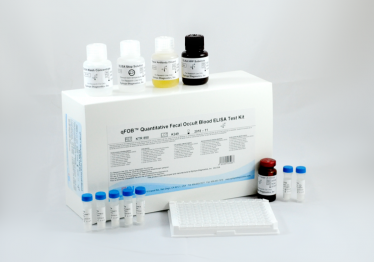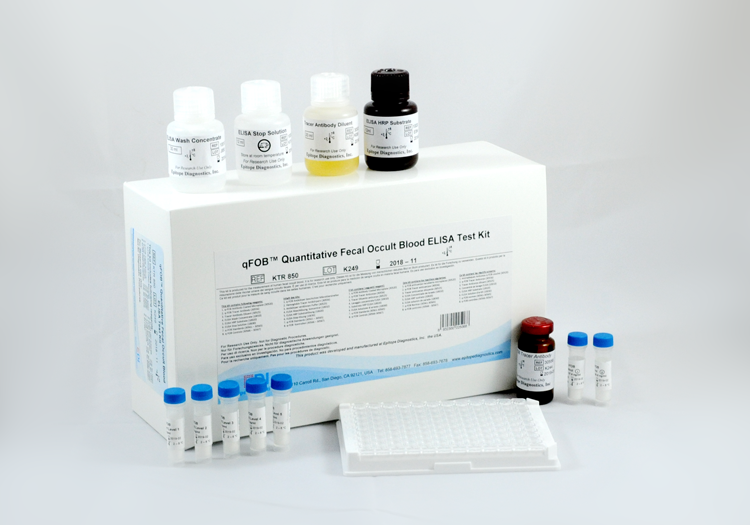Selected Literature
1.Chapelle JP, Lemache K, EI Allaf M, et al. Fast Determination of Myoglobin in serum Using a New Radial Partition Immunoassay. Clinical Biochemistry, 1994 ,27: 423-8.
2.Kagen L, Scheidt S, Roberts L, et al. Myoglobinemia following myocardial infarction. Am J Med, 1975,58: 177-182.
3.Nieuwenhoven FA. Discrimination between myocardial and skeletal muscle injury by assessment of the plasma ratio of myoglobin over fatty acid-binding protein. Circulation, 1995, 92(10): 2848-2854.

